 Have you heard about dental sealants? These preventive treatments have been available for many decades, and more and more children are taking advantage of them. The National Institutes of Health (NIH) estimates that around 30% of kids from 6 to 11 years of age have had sealants applied to their molars (back teeth). Sealants are designed to reduce the incidence of cavities by filling in or eliminating the pits or crevices found in all molars, where decay-causing bacteria can hide and your brush can't reach. But do they really work?
Have you heard about dental sealants? These preventive treatments have been available for many decades, and more and more children are taking advantage of them. The National Institutes of Health (NIH) estimates that around 30% of kids from 6 to 11 years of age have had sealants applied to their molars (back teeth). Sealants are designed to reduce the incidence of cavities by filling in or eliminating the pits or crevices found in all molars, where decay-causing bacteria can hide and your brush can't reach. But do they really work?
Now, the research is in, and the answer is clear — YES!
Two major studies, each of which reviewed the results of thousands of patients over several years, recently came to the same conclusion: Dental sealants are effective at reducing cavities, and their benefits can last for four years (or more) after application. In general, the studies showed that kids who didn't get sealants were twice, three times, or even more likely to get cavities, compared to kids treated with sealants.
Sealants themselves are protective coatings made of plastic resins or glass-like materials. They are applied in liquid form, and then hardened by a special light. When “painted on” to the chewing surface of a molar, sealants fill in the tiny crevices, or “pits and fissures,” that are found there. Uneven tooth surfaces form a perfect breeding ground for the bacteria that cause tooth decay; worse yet, the bristles of a tooth brush can't usually reach them. That's what makes these areas highly susceptible to tooth decay.
Applying sealants is a quick and painless procedure that doesn't require any numbing shots or drilling. Many kids start getting sealants when the first permanent molars come in, around age 5 to 7; they may have more sealant treatments when additional molars emerge, between the ages of 11 and 14.
Sealants are recommended by the American Dental Association and the American Academy of Pediatric Dentistry, and have only a modest cost per tooth. On the other hand, having a cavity filled generally costs substantially more, and may result in more trouble (and expense) down the line — so sealants can make sense economically, as well as preventively. This is especially true for those at high risk for tooth decay.
If you have questions about dental sealants, please contact Dr. Cindy Sumarauw at 801-281-3500 to schedule an appointment for a consultation. You can read more in the Dear Doctor magazine article “Sealants for Children,” and “Top 10 Oral Health Tips for Children.”

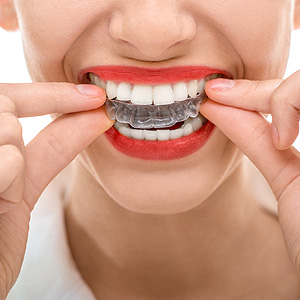 Moving your teeth to a more functional and attractive alignment is a big undertaking. You can invest months — even years — and a lot of expense to correct a bad bite. But all that effort could be for nothing if your teeth return to their original positions.
Moving your teeth to a more functional and attractive alignment is a big undertaking. You can invest months — even years — and a lot of expense to correct a bad bite. But all that effort could be for nothing if your teeth return to their original positions. What's an actor's most important feature? According to Vivica A. Fox, whose most recent big-screen role was in Independence Day: Resurgence, it's what you see right up front.
What's an actor's most important feature? According to Vivica A. Fox, whose most recent big-screen role was in Independence Day: Resurgence, it's what you see right up front. A child's toothache is no fun for either the child or the parent. But if you're faced with this situation, don't panic — unless they have a fever or you notice facial swelling, it's unlikely an emergency.
A child's toothache is no fun for either the child or the parent. But if you're faced with this situation, don't panic — unless they have a fever or you notice facial swelling, it's unlikely an emergency.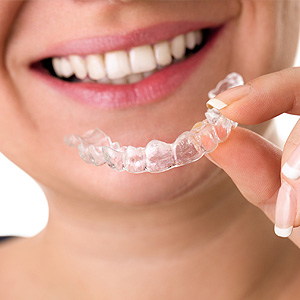 Braces can change a person's life — not just their appearance but their dental health as well. To be honest, though, wearing braces are, well, kind of a drag — especially for teenagers.
Braces can change a person's life — not just their appearance but their dental health as well. To be honest, though, wearing braces are, well, kind of a drag — especially for teenagers. With the advent of home whitening kits, you no longer have to go to the dentist to have your teeth whitened. DIY kits are relatively safe and effective, if you follow the directions carefully.
With the advent of home whitening kits, you no longer have to go to the dentist to have your teeth whitened. DIY kits are relatively safe and effective, if you follow the directions carefully.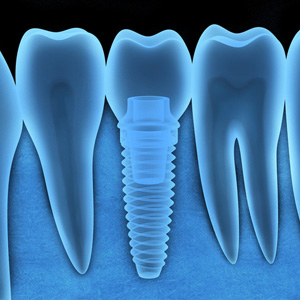 An estimated 35 million people in the United States are missing all of their teeth on at least one jaw. Your situation may not be as serious — perhaps you've only lost one tooth. But even one missing tooth could eventually impact the health of underlying bone or other teeth — and it can certainly mar an otherwise attractive smile.
An estimated 35 million people in the United States are missing all of their teeth on at least one jaw. Your situation may not be as serious — perhaps you've only lost one tooth. But even one missing tooth could eventually impact the health of underlying bone or other teeth — and it can certainly mar an otherwise attractive smile. When is the best time to
When is the best time to 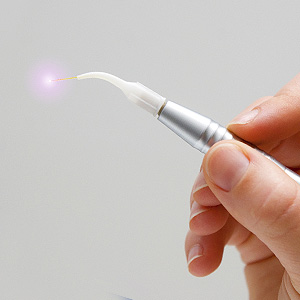 Periodontal (gum) disease is potentially devastating to your teeth, gums and bone. To fight it we have to remove the substance that causes and sustains the disease from all oral surfaces — a thin layer of bacteria and food particles known as plaque.
Periodontal (gum) disease is potentially devastating to your teeth, gums and bone. To fight it we have to remove the substance that causes and sustains the disease from all oral surfaces — a thin layer of bacteria and food particles known as plaque. 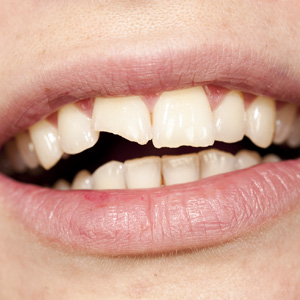 A tooth that's been chipped doesn't mean it's no longer healthy. The same, unfortunately, can't be said about the attractiveness of your smile, especially if it's one of your front teeth. A chipped tooth can be quite noticeable and make you self-conscious.
A tooth that's been chipped doesn't mean it's no longer healthy. The same, unfortunately, can't be said about the attractiveness of your smile, especially if it's one of your front teeth. A chipped tooth can be quite noticeable and make you self-conscious. Academy Award-winning actress Kathy Bates knows how important it is to present your best face to the world — and one of the most important features of that face is a beaming smile. But there came a point when she noticed something was a little off. “I've always had good teeth, but it seemed to me as I was getting older that they weren't looking as good,” Kathy explained in a recent interview with Dear Doctor magazine.
Academy Award-winning actress Kathy Bates knows how important it is to present your best face to the world — and one of the most important features of that face is a beaming smile. But there came a point when she noticed something was a little off. “I've always had good teeth, but it seemed to me as I was getting older that they weren't looking as good,” Kathy explained in a recent interview with Dear Doctor magazine. No one ever said it was easy to become a dentist. After earning an undergraduate degree in science, prospective dentists must successfully complete four years in the rigorous environment of an accredited dental school. After that, every dentist must pass a state-administered exam before being licensed to practice in that state. At that point, you might think the dental educational process is over. But it isn't.
No one ever said it was easy to become a dentist. After earning an undergraduate degree in science, prospective dentists must successfully complete four years in the rigorous environment of an accredited dental school. After that, every dentist must pass a state-administered exam before being licensed to practice in that state. At that point, you might think the dental educational process is over. But it isn't.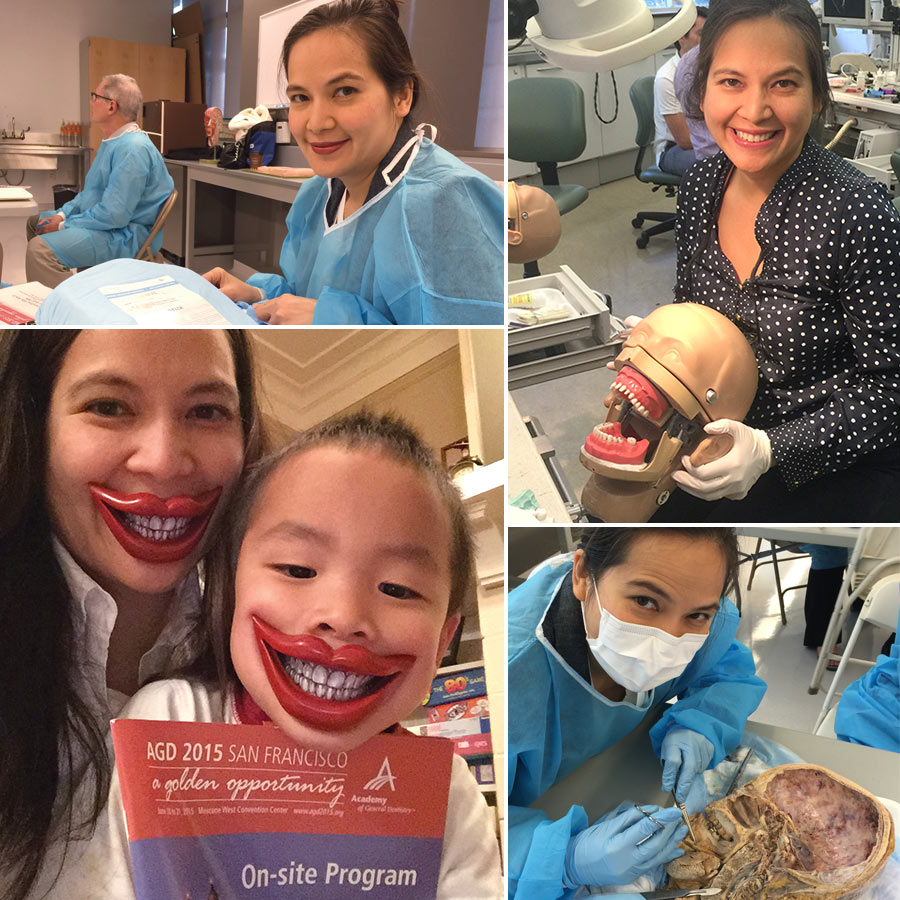
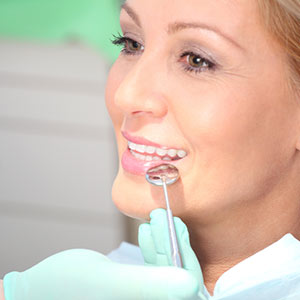 The mark of a great dental restoration is that you can’t see it. It’s there in plain sight, but others observing your new and improved smile can’t tell the difference between the restoration and your natural teeth. Everything looks, well, natural.
The mark of a great dental restoration is that you can’t see it. It’s there in plain sight, but others observing your new and improved smile can’t tell the difference between the restoration and your natural teeth. Everything looks, well, natural.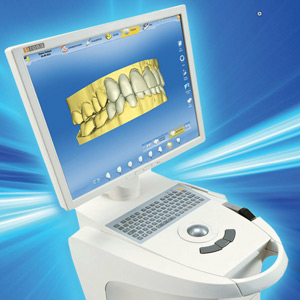 The traditional way to restore a tooth with an artificial crown takes several weeks and multiple office visits: from tooth preparation and impression molding to crown production by a dental laboratory, followed by adjustments and cementing. There’s an alternative that reduces this process to a fraction of the time, and all from right inside our office.
The traditional way to restore a tooth with an artificial crown takes several weeks and multiple office visits: from tooth preparation and impression molding to crown production by a dental laboratory, followed by adjustments and cementing. There’s an alternative that reduces this process to a fraction of the time, and all from right inside our office. Dental care is more than brushing and flossing every day, visiting the dentist at least twice a year and occasionally having a problem treated. To get the most out of your care, we need to consider the “big picture” of risk management: identifying where your oral health is most at risk and tailoring your treatment approach accordingly.
Dental care is more than brushing and flossing every day, visiting the dentist at least twice a year and occasionally having a problem treated. To get the most out of your care, we need to consider the “big picture” of risk management: identifying where your oral health is most at risk and tailoring your treatment approach accordingly. Managing pain is an important part of dental care — alleviating pain caused by disease or trauma and reducing discomfort during and after treatments. In many of these instances we can do this effectively with mild, over-the-counter drugs like ibuprofen or aspirin.
Managing pain is an important part of dental care — alleviating pain caused by disease or trauma and reducing discomfort during and after treatments. In many of these instances we can do this effectively with mild, over-the-counter drugs like ibuprofen or aspirin. There are many different removable appliances — from dentures to retainers — that help people enjoy better mouth function and a more attractive smile. But like many things we use, they can wear out. Because they’re also spending a lot of time in the mouth they can become an attractive home for disease-causing bacteria.
There are many different removable appliances — from dentures to retainers — that help people enjoy better mouth function and a more attractive smile. But like many things we use, they can wear out. Because they’re also spending a lot of time in the mouth they can become an attractive home for disease-causing bacteria. Think braces and you may conjure up the image of a teenager undergoing what is for many adolescents a rite of passage. But while correcting poor bites (malocclusions) is usually optimal between pre-adolescence and early adulthood, it’s just as viable an option for older adults.
Think braces and you may conjure up the image of a teenager undergoing what is for many adolescents a rite of passage. But while correcting poor bites (malocclusions) is usually optimal between pre-adolescence and early adulthood, it’s just as viable an option for older adults. It’s easy to view your child’s primary (“baby”) teeth as less important than the permanent teeth replacing them. They’re temporary — the last of them will give way around ages 10 to 13 — so why go to extraordinary lengths to save them if they’re decayed?
It’s easy to view your child’s primary (“baby”) teeth as less important than the permanent teeth replacing them. They’re temporary — the last of them will give way around ages 10 to 13 — so why go to extraordinary lengths to save them if they’re decayed? There are definite links between smoking tobacco and several major health problems. While we’re all familiar with its relationship to cancer or heart disease, smoking can also adversely affect your dental health, particularly the long-term survival of dental implants.
There are definite links between smoking tobacco and several major health problems. While we’re all familiar with its relationship to cancer or heart disease, smoking can also adversely affect your dental health, particularly the long-term survival of dental implants.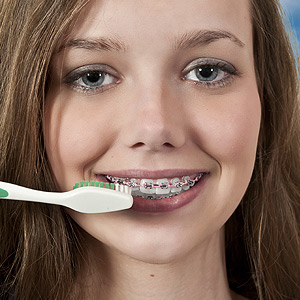 Moving teeth through orthodontics is more than a “smile makeover” — it’s also an investment in yours or a family member’s future oral health. Normally aligned teeth function better and are easier to keep clean and healthy.
Moving teeth through orthodontics is more than a “smile makeover” — it’s also an investment in yours or a family member’s future oral health. Normally aligned teeth function better and are easier to keep clean and healthy.